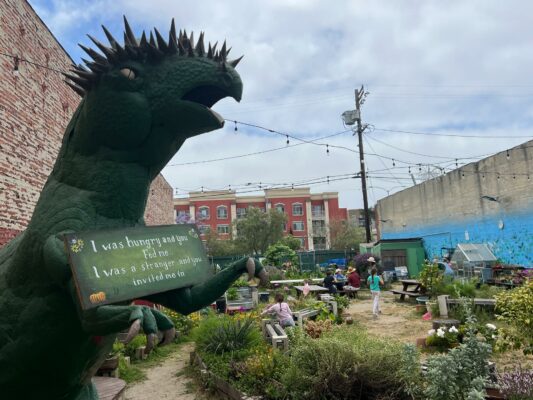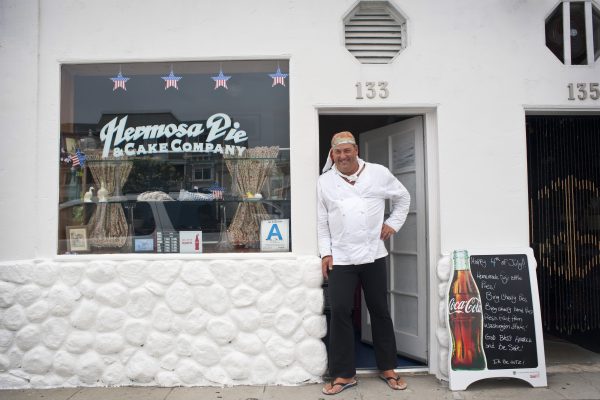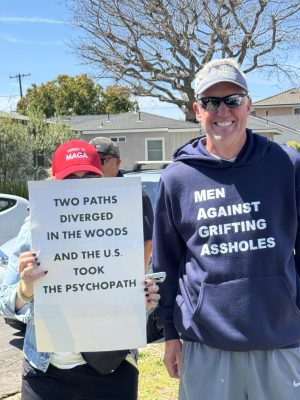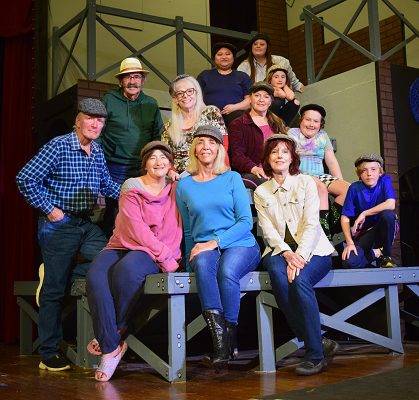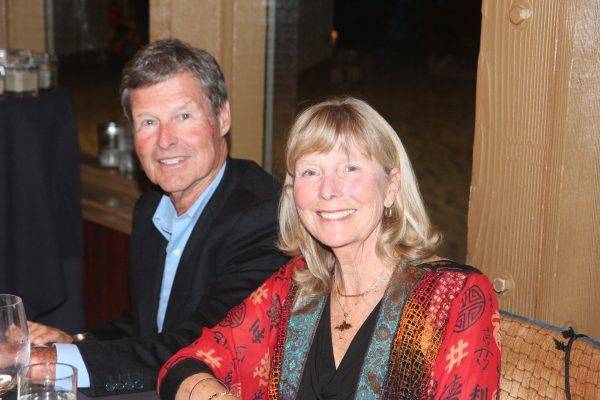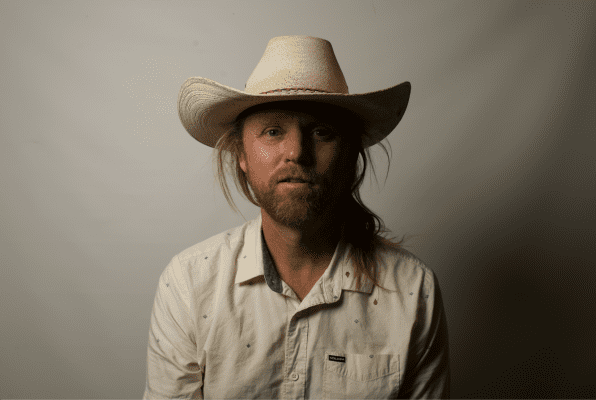by Kevin Cody
Patti Astor was the “Queen of the Scene” in New York City in the early 1980s, according to ARTnews; and for the past decade, a muse and mentor to the emerging Hermosa Beach’s art scene, according to ShockBoxx gallery owner Mike Collins.
Astor passed away last week at her home in Hermosa Beach, at age 74, of undisclosed causes.
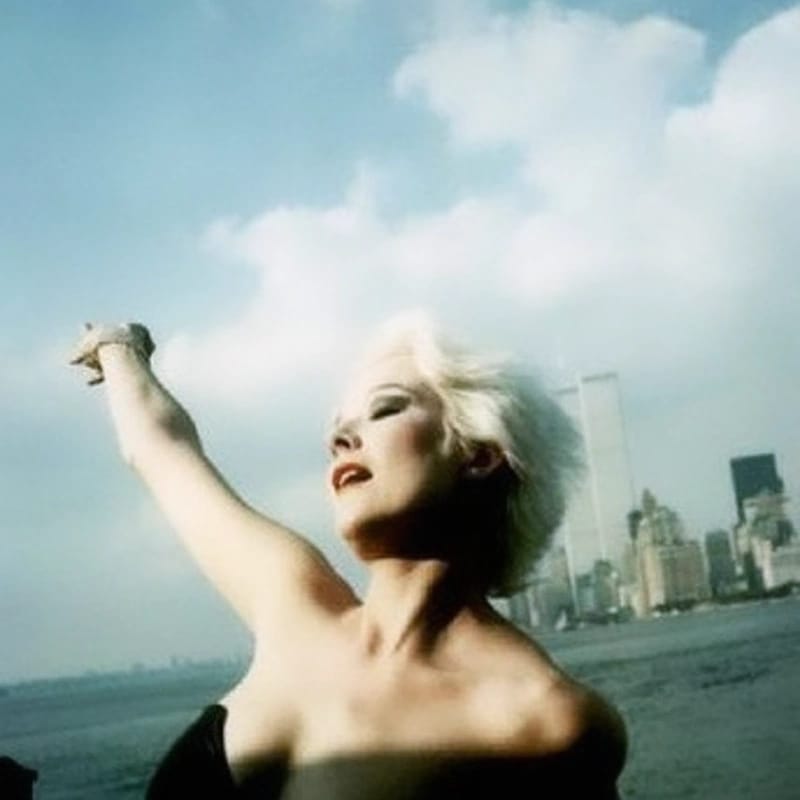
“Patti Astor was raw, beautiful, eloquent, intelligent, and poetically smooth with words. I can see her chillin’ in the clouds with Basquiat and Haring right now, with the widest grin on her face,” friend and body artist Paul Roustan said of Astor.
Roustan recalled one day helping Astor clean out her Jeep Cherokee and finding original drawings by graffiti artists Keith Haring, and Jean-Michel Basquiat.
Haring’s “Untitled (for Cy Twombly,)” sold for $6.5 million in 2017. A Basquiat triptych exhibited at Astor’s East Village FUN Gallery in 1982 was priced at $36 million by the Christie’s auction house.
The FUN Gallery, co-founded by Astor and Bill Stelling in 1981, was among the first to exhibit Basquiat, Haring and other graffiti artists.
“At a time when few others believed in the value of graffiti art, she staked a claim for it, elevating a multiracial cast of artists in a white world that had not accepted them before her,” Alex Geenberger, senior editor of ARTnews wrote in a remembrance of Astor last week.
“It was white wine, white walls, white people; the art world was closed off and boring. The success of the FUN Gallery was to open up the art world to everybody,” Astor said in a 2013 Bomb magazine interview by artist Richard Goldstein.
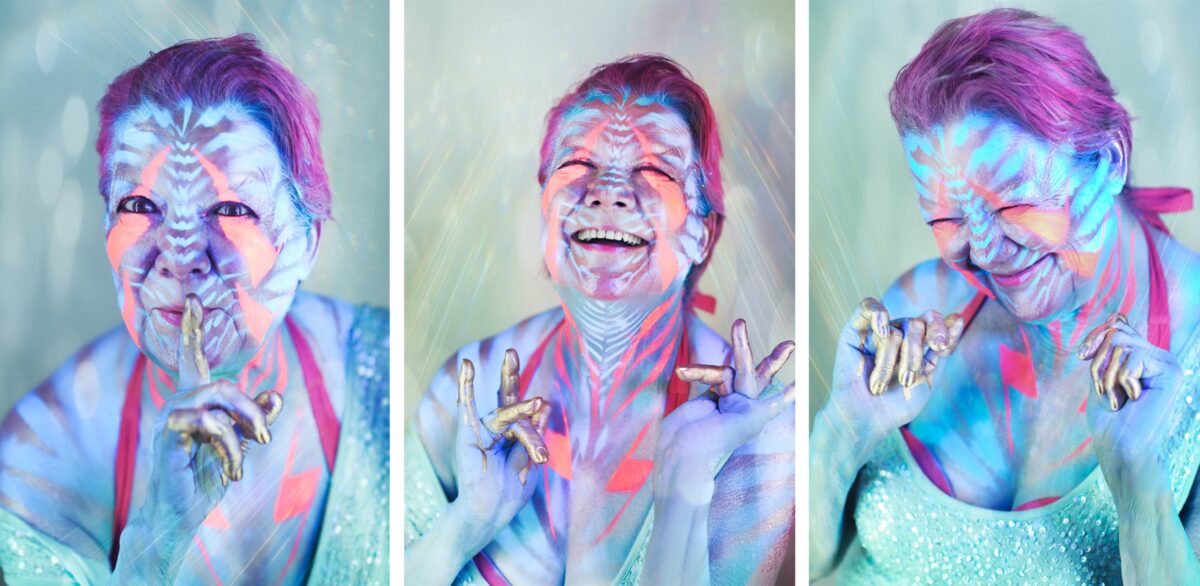
In a 2018 interview with Easy Reader reporter Ryan McDonald, Astor recalled the night Paul Simon attended the Basquiat opening at her gallery, trailed by “kids from the neighborhood humming ‘Parsley, sage, rosemary and thyme.’”
“Andy Warhol, Matt Dillon, Johnny Rotten, the Beastie Boys would come. Basquiat would be off in a corner fighting with his blond girlfriend, who called herself Madonna,” Astor recalled in a 2007 documentary about her FUN Gallery.
Collins met Astor at an exhibit at Harmony Yoga in Hermosa, and was inspired by her stories to host a show at ShockBoxx in 2018 titled “FUN (in the sun).” The show featured recent art by local artists in the spirit of FUN Gallery.
“I think our shows have naturally been in the spirit of those that she had at the FUN Gallery. Loose but relevant, with edgy topics,” Collins said when the show opened.
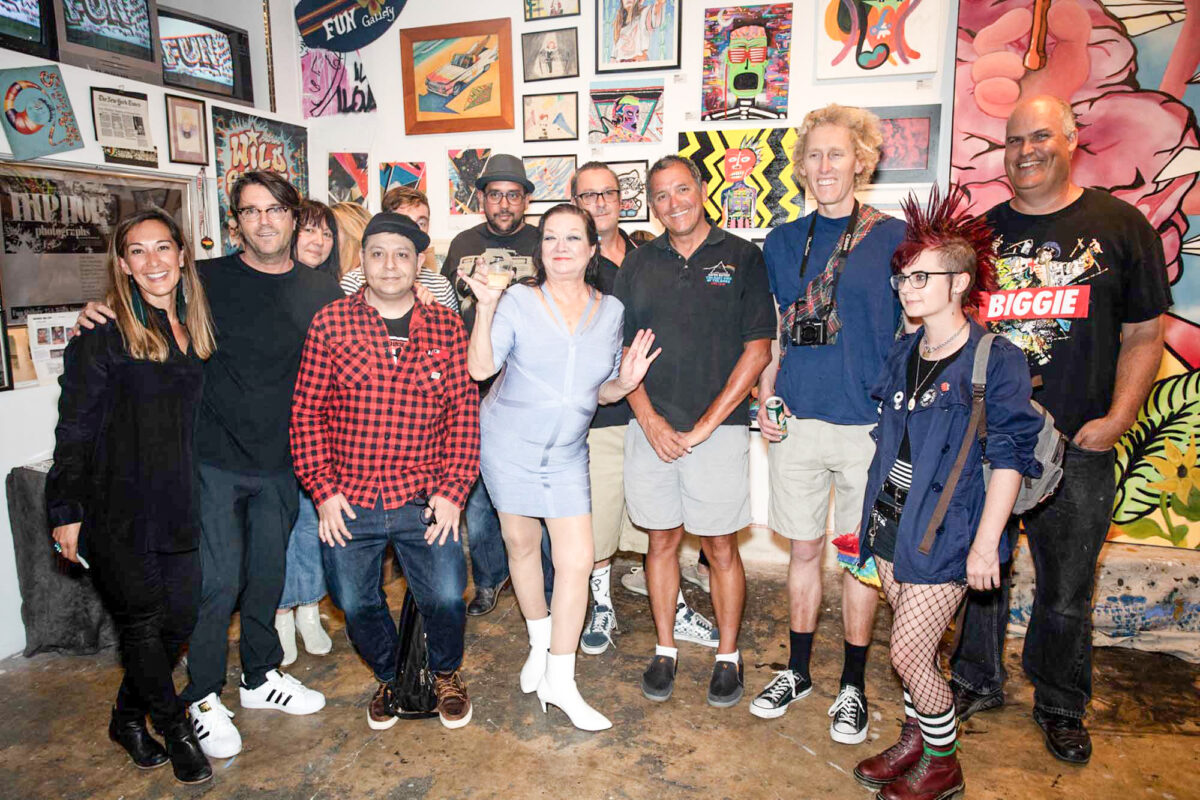
Astor was born in Cincinnati and moved to New York City to become an actor. Since she could not afford the Lee Strasberg Theatre & Film Institute, she paid for classes by working there as a janitor.
In 1983, she co-starred in “Wild Style,” with New York subway graffiti artist Lee Quinones. Wild Style is recognized as the first hip hop film.
“Her portrayal of a reporter covering graffiti artists helped capture the raw essence of urban culture, and solidified her status as an icon of the downtown scene,” Michelle Crispin, of Mic Drop Media, wrote on Astor’s Instagram page this week.
Astor left New York for Los Angeles, eventually settling in Hermosa Beach after FUN Gallery closed in 1983.
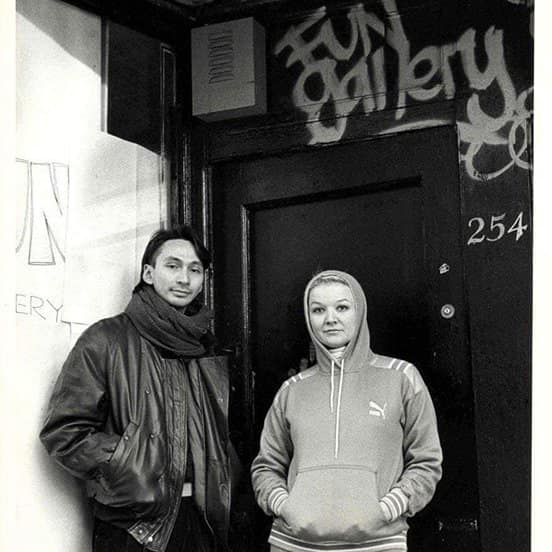
“When the St. Mark’s Cinema became a Gap, I knew it was time to go. It’s better to leave the party before it ends,” she said in the 2007 documentary.
She continued acting in underground films. She starred with rapper Ice-T in the 1987 film “Get Tux’d,” directed by Anita Rosenberg.
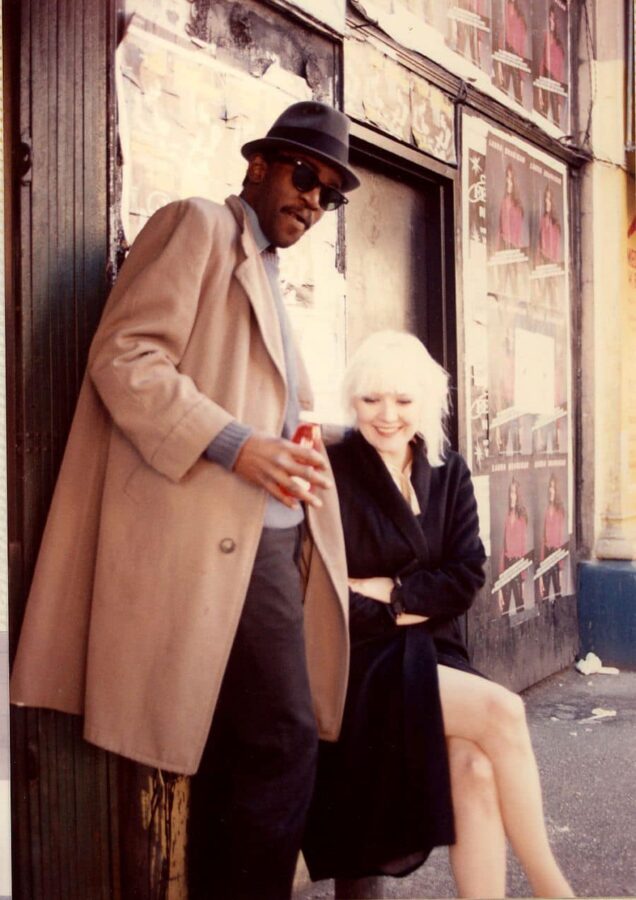
She also co-wrote with Rosenberg, and starred as Poodles in “Assault of the Killer Bimbos.” Chicago Sun Times critic Roger Ebert wrote of the film, “It is the most simpleminded movie in many a moon, a vacant and brainless exercise in dreck, and I almost enjoyed myself sometimes, sort of. The movie is so cheerfully dim-witted and the characters are so enthusiastically sleazoid that the film takes on a kind of awful charm.”
During most of her time in Hermosa, Astor lived in the trailer park behind the former Big Boy’s, and served as a docent at the Hermosa Historical Museum.
In 2022, the museum premiered “Patti Astor’s True Story,” a 40 minute documentary about the FUN Gallery and the New York art scene in the early 1980s. In February of this year, she spoke of that period, wearing a black beret, at the Historical Museum Insomniac Open Mic night. (The Insomniac was a beatnik coffeehouse in Hermosa in the late 1960s.)
Astor retained loving and colorful memories of the artist she championed up until her death.
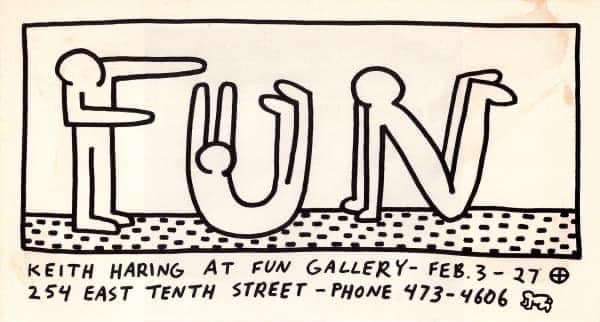
In the March 11 issue of New Yorker, in a review of “Radiant: The Life and Line of Keith Haring,” by Brad Gooch,” art critic Jackson Arn criticized Haring for being more interested in branding than art.
Two issues later, in its letters to the editor section, New Yorker published Astor’s response to Arn’s review.
“I found Arn’s take on Haring’s ‘brand’ a bit cynical,” Astor wrote. “Believe it or not, back in the day we actually did things for the joy of them. When I met Keith, I had starred in a number of beyond-low budget films. I was strolling across Astor Place, dressed in a black straw picture hat and a bouffant dress, when Keith approached me in front of the Cube (a spinning, cube-shaped sculpture by Tony Rosenthal), and asked to take my picture. I struck a pose. He then handed me one of his “Radiant Baby” buttons, explaining to me he gave them to everyone.”
“‘Art is for everybody’ was not a selling point, but a mission,” Astor wrote.
At the Insomniac night at the Hermosa Historical Museum, she repeated that sentiment.
Her tagline was “Fun is my weapon of choice.” ER


